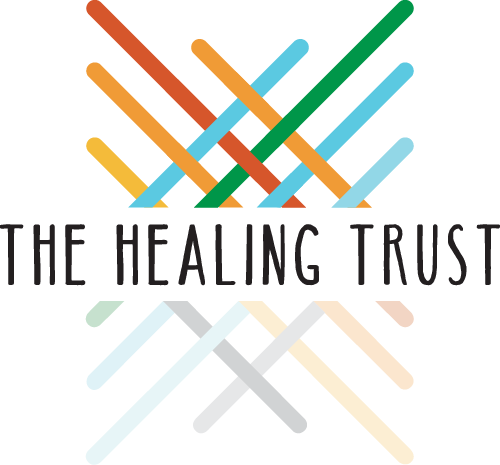The Beginning of My Burnout
I am sure that we have all been there: late nights, answering client or staff emails after hours, skipping lunch to get one more thing done.
My story started in my first job doing case management and counseling/testing for HIV. My boss, a lovely and kind soul, frequently had clients showing up at her home at night with a crisis. I normalized her behavior and blurred the lines between my personal and professional lives so much that I quickly became isolated and depressed. That experience led me to believe that clinical social work was not for me.
A few years later, I landed a job at a foundation. I wanted to prove myself. I would often come in after hours, even with a small child at home, to complete my work. I was afraid to talk to my boss about my stress because I thought that type of commitment was expected and that I needed to pay my dues. I was unfulfilled (in what should have been fulfilling work) and wondered if taking the job had been the right decision. I was emotionally and physically exhausted.
Practicing What We Preach
While our staff preached compassionate care, we were not doing a great job at it ourselves. We transitioned to a new CEO, and our new leader reset the expectations in our culture. She took care of herself. She would encourage us to leave at a reasonable time in the evening. When she did not feel well, she stayed home and told us to do the same. When she knew that I would be transitioning to the CEO role and saw how much Paid Time Off (PTO) I had accrued, she almost mandated me to take a month off. How often does that happen?
Her focus on practicing self-care led to our staff’s increased productivity and fulfilment in our individual roles. We made self-care a part of our individual development plans and tried to hold each other accountable for those plans. From increased exercise, to using more of one’s PTO, to spending more time in nature, we have all found ways to improve our environment and our ability to respond to stress. Self-awareness is a huge first part of stress-management, and it starts at the top.
I know that if I am in too many meetings in a day or week, I end the week exhausted and without energy for my family. I am a borderline introvert, and I need a certain amount of white space on my calendar to get my work done and, to read and reflect, and to maintain my sanity. The team is helping me to ensure that I do not overschedule, which is very easily done in the CEO role. When I do get stressed, I try to be open about it and apologize if I’ve been terse or snarky. We are all works in progress but admitting that you cannot do it all is the first step!
Myths in the Nonprofit Sector
Well-intentioned leaders often buy into a few myths that actually increase the likelihood of staff burnout.
1. We should treat our colleagues like family.
This is a tough one. It is easy to start relying on like-minded professionals for support, and it works fine when everything is going well. When difficulties arise, though, this mindset can make working through an issue or having to let someone go very difficult. Having a clear distinction between personal and professional life is paramount to both the employee’s health and the organization’s health.
2. Preventing burnout means you have to add a yoga or a meditation class.
While this might be a great first start, making your staff’s lives easier is a great way to reduce stress and increase wellness. Can employees have flexible work schedules so that they do not have to stress if a child is sick? Can they exercise in the morning without having to hit the gym at 5 AM? We need to be sure the work is done, but that doesn’t mean everyone has to be at his or her desks by 8:00 AM.
3. Paying people more has no impact on their stress-level.
While most people are there for your mission, they also need to be paid what they are worth for their expertise and experience. We must make sure that we are not expecting people to do more with less and that our expectations are appropriate for the time and resources that we have.
A 2011 survey of more than 2,000 nonprofit employees by Opportunity Knocks found that half of the employees in the sector may be burned out or in danger of burnout. The lead researcher, Jessica Word, said she believes nonprofit employees are uniquely stretched. “These are highly emotional and difficult jobs,” she said, adding, “These organizations often have very high rates of employee turnover, which results from a combination of burnout and low compensation.”
4. We don’t have any influence on our staff’s self-care.
Your staff is watching you, and you set the tone for the culture. If you never take a vacation day or you are consistently emailing your team at 10 p.m., the staff is going to assume that you expect the same from them. The mission should not be fulfilled by overwork.
We can’t just talk self-care, we have to walk the walk, even and especially when it pushes us outside of our comfort zone. Self-care does not mean slacking off and could be as simple as not answering that late-night email, stepping away from the desk, and taking a well-deserved break.
Kristen Keely-Dinger is the President and CEO of The Healing Trust.

